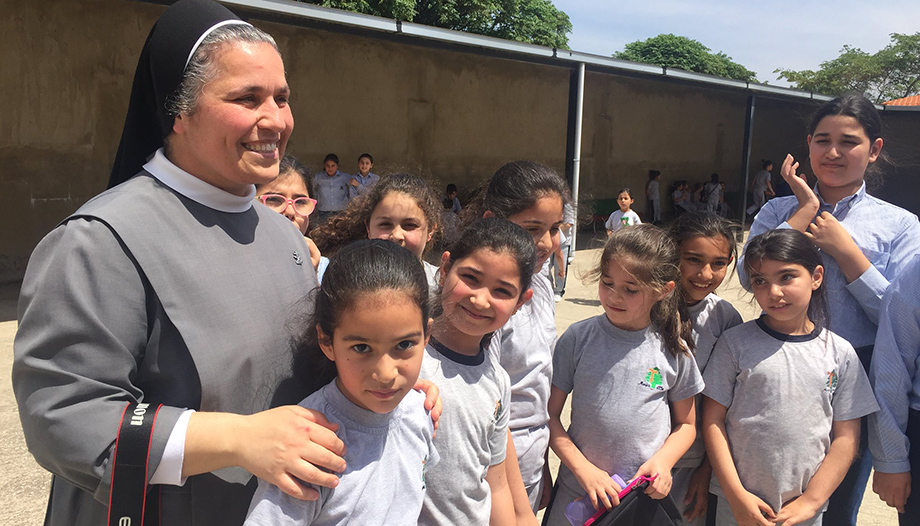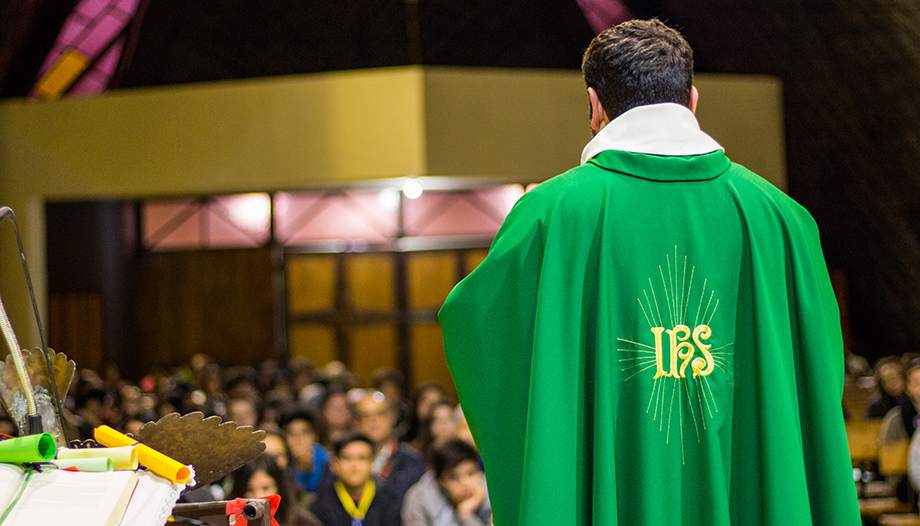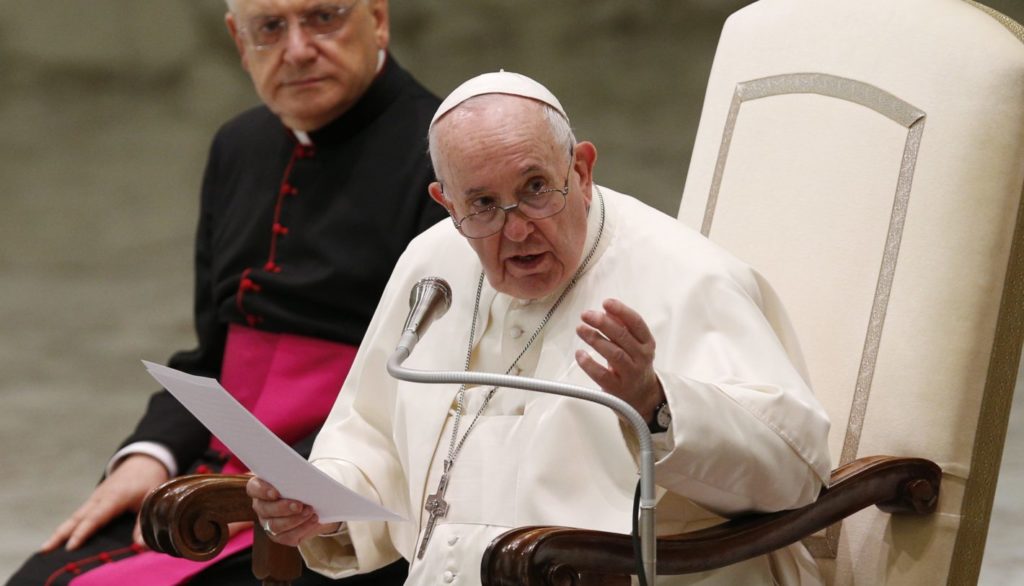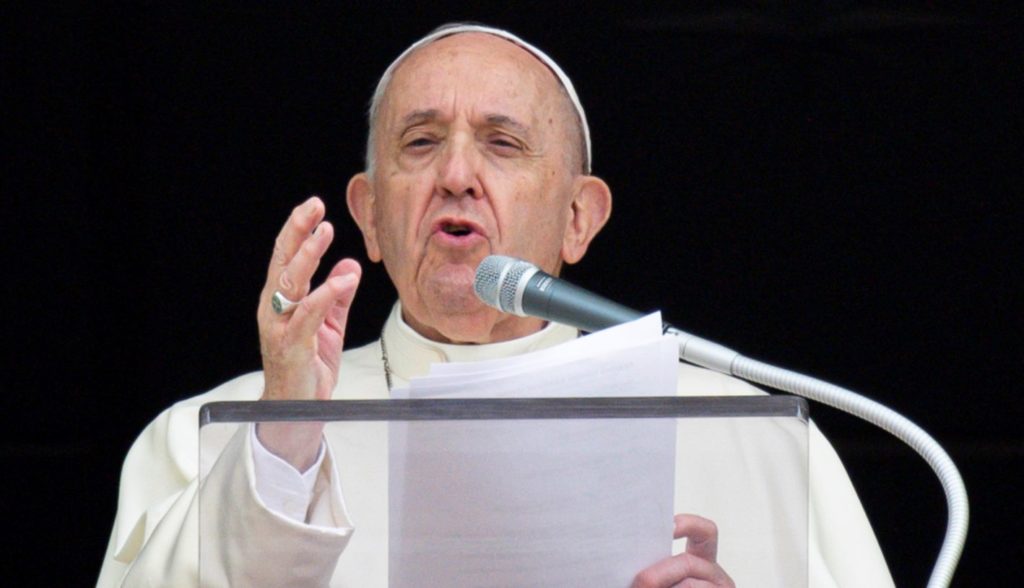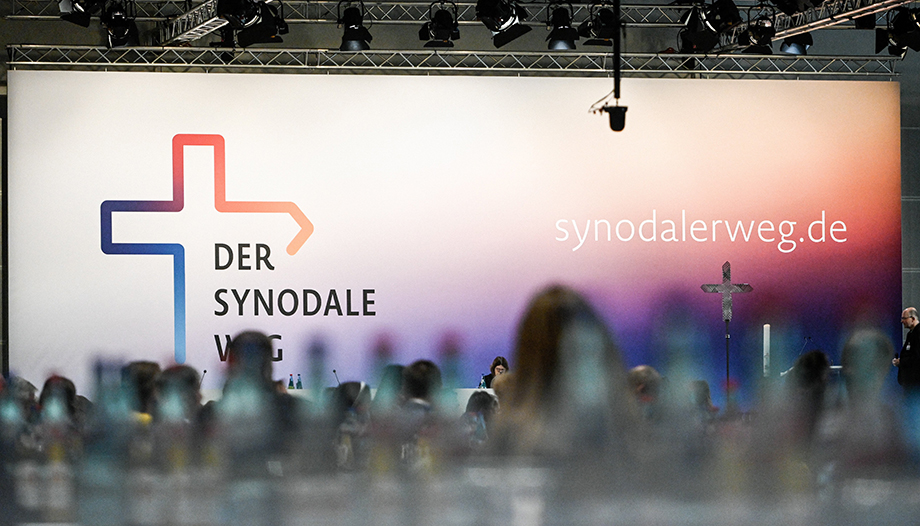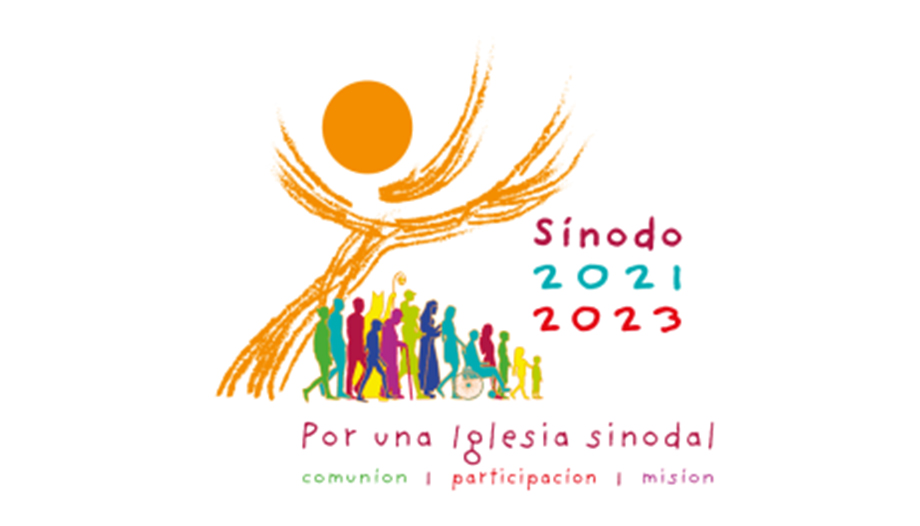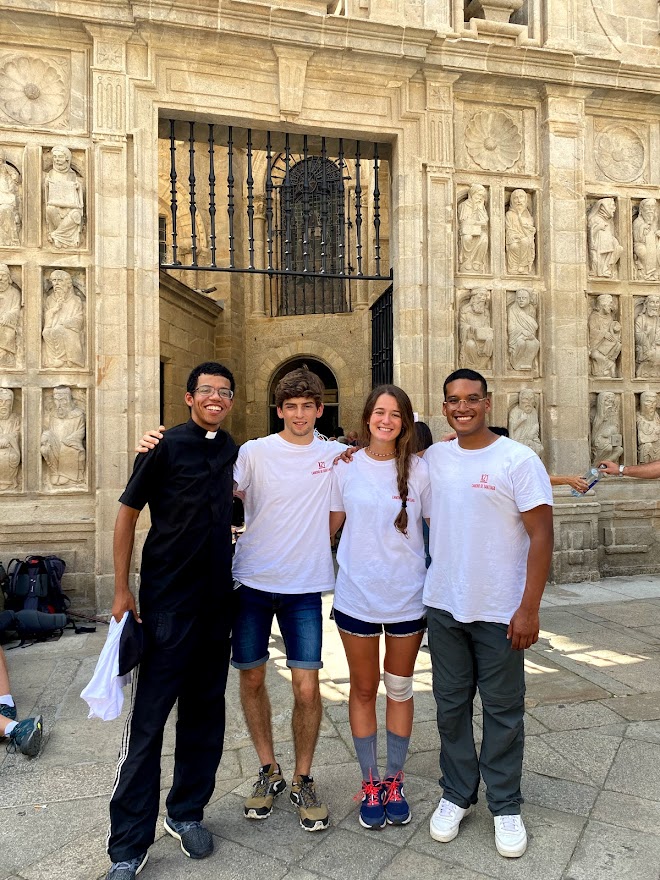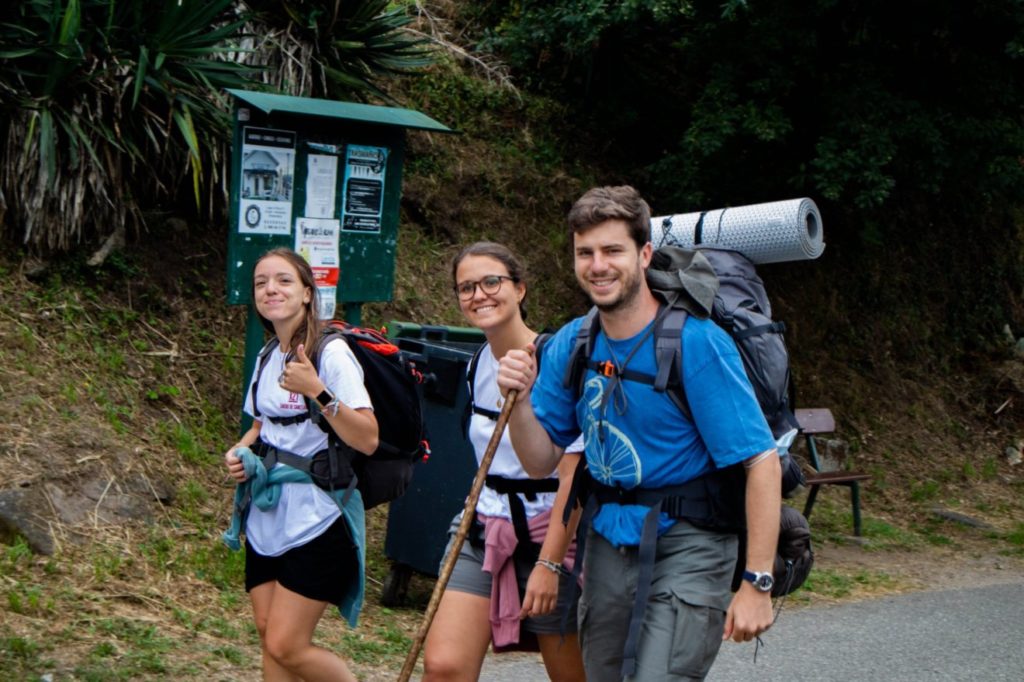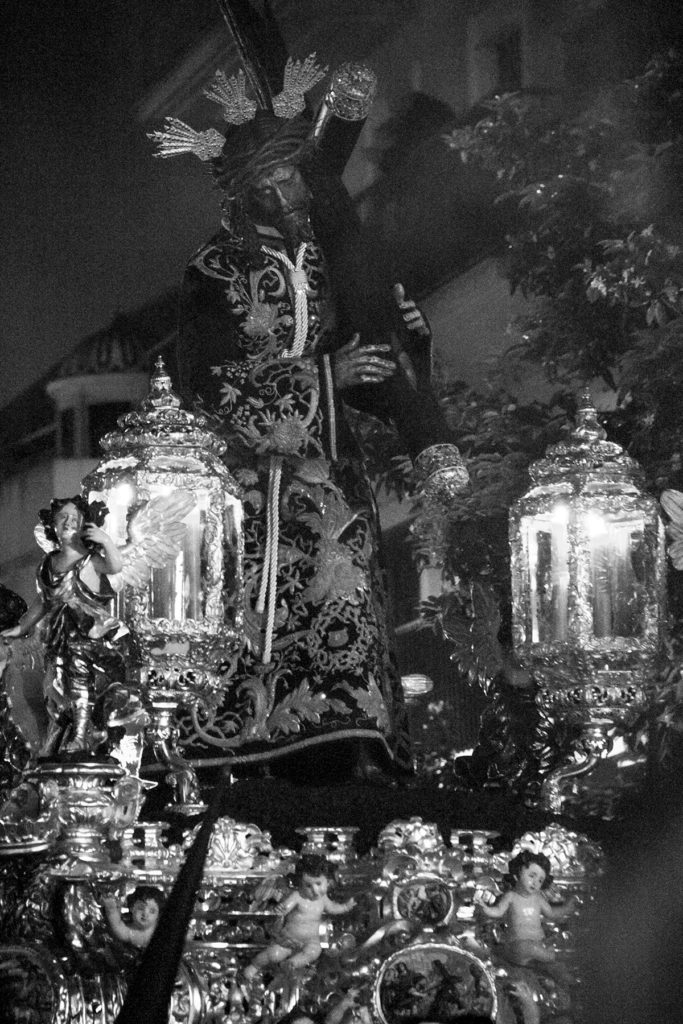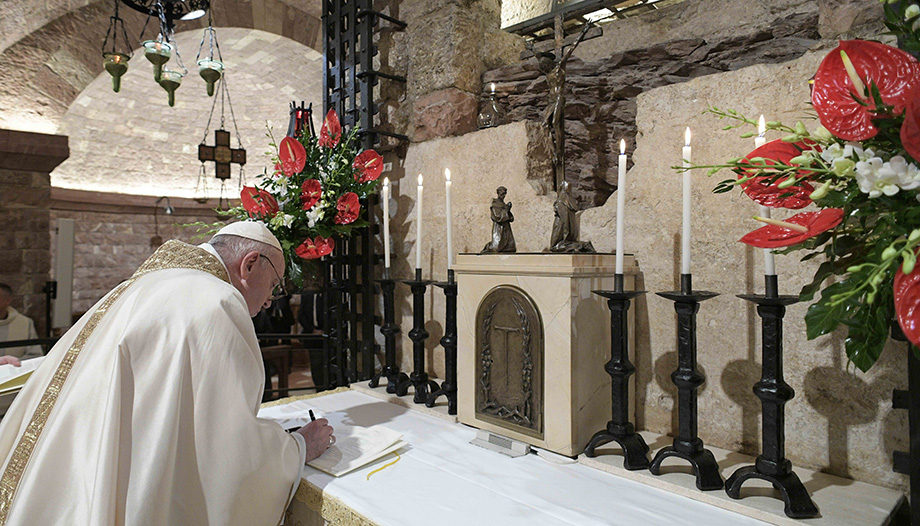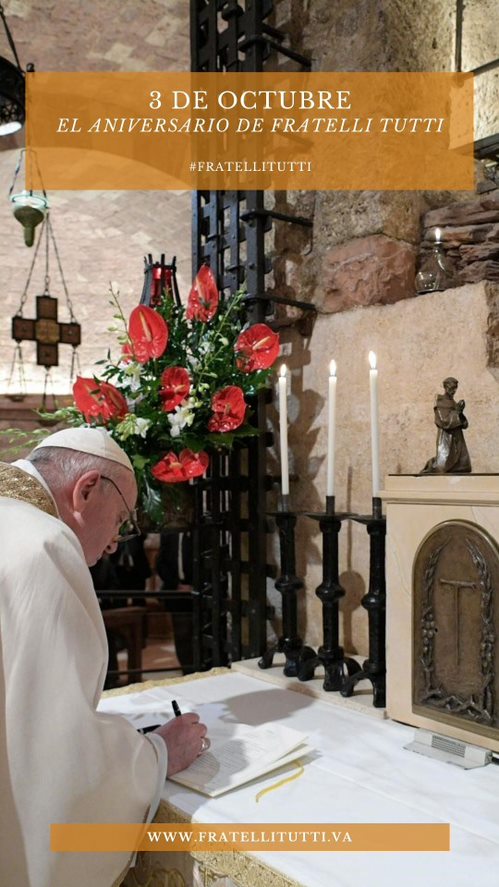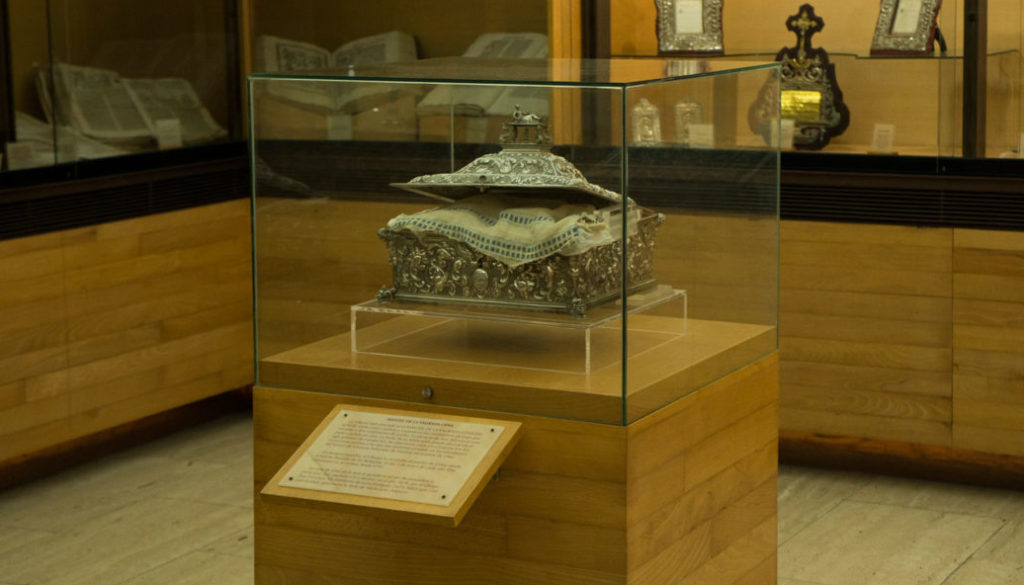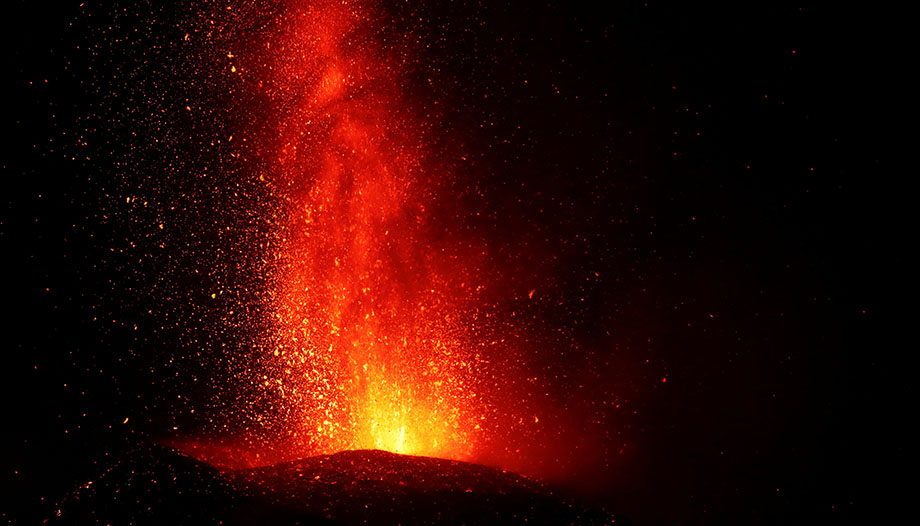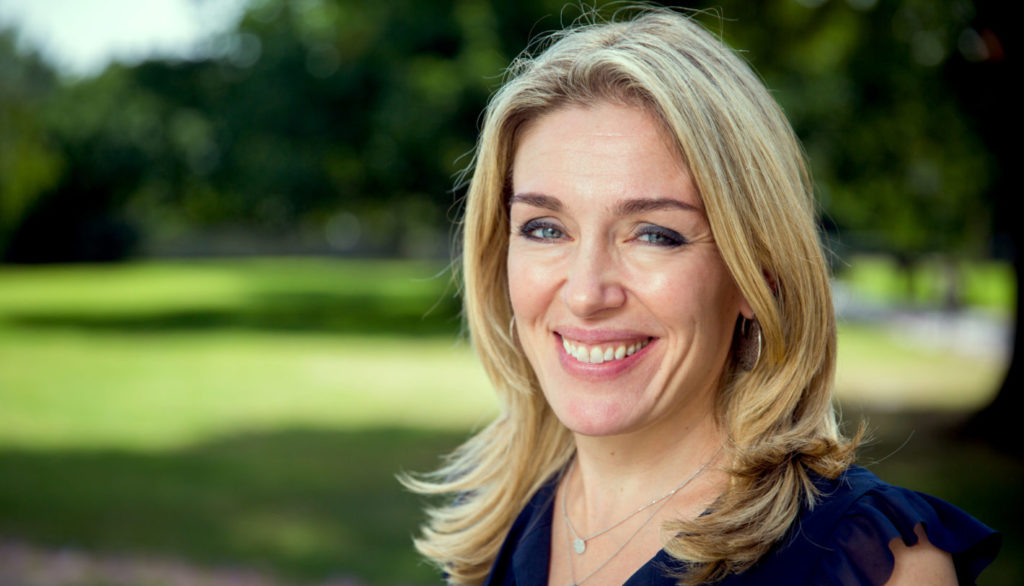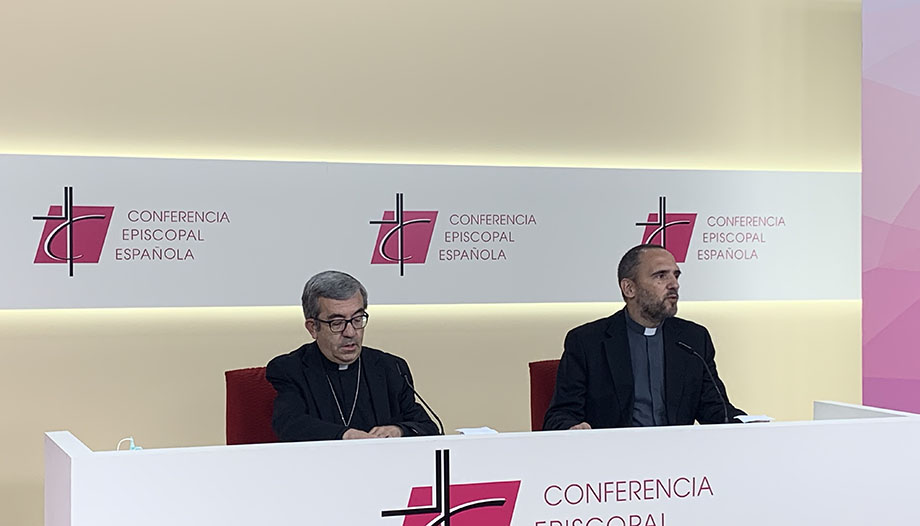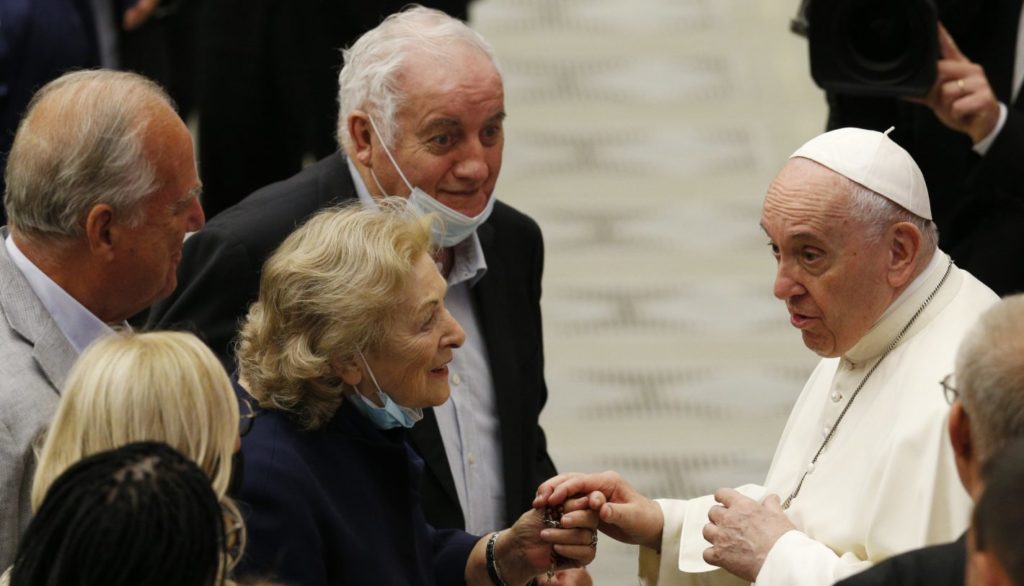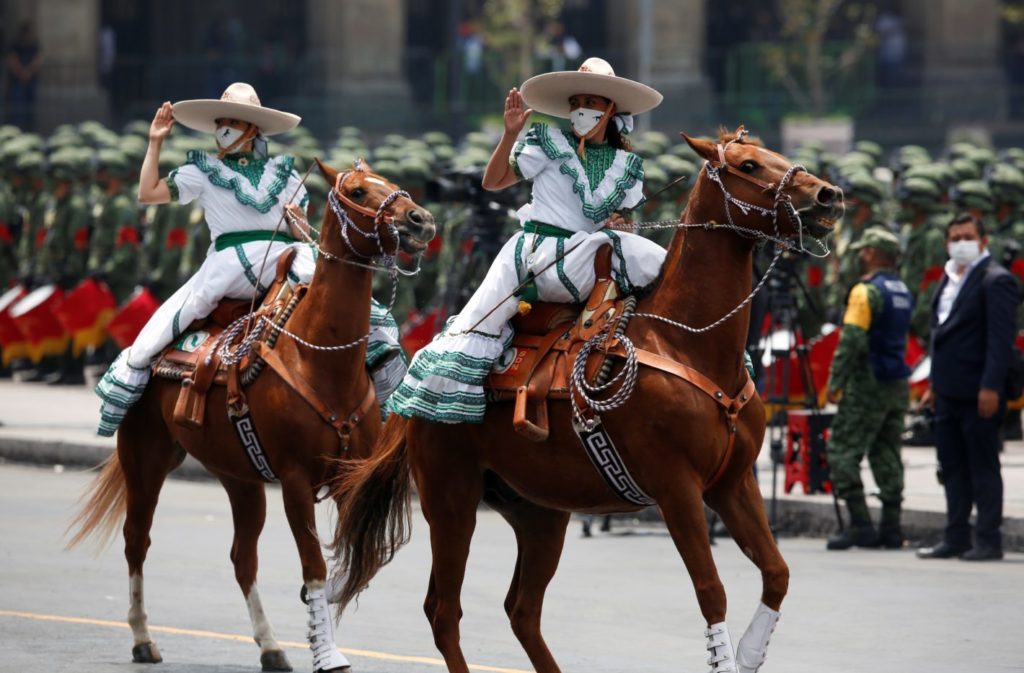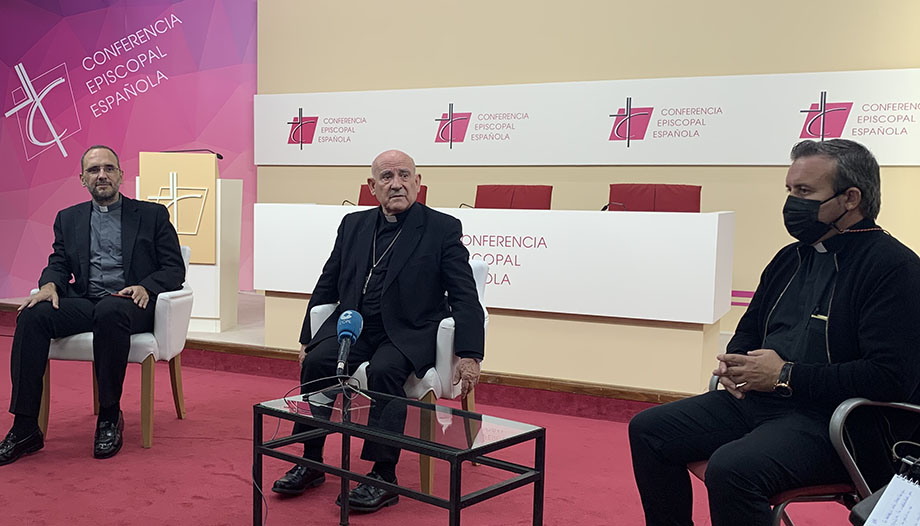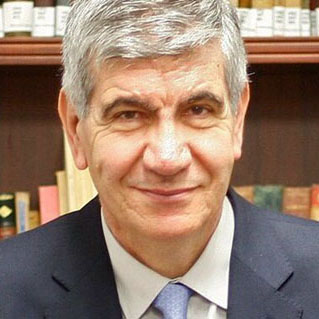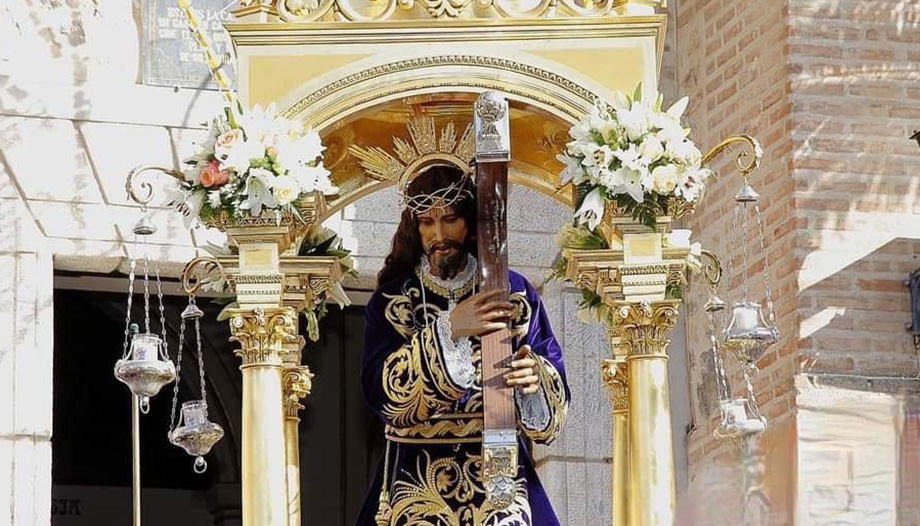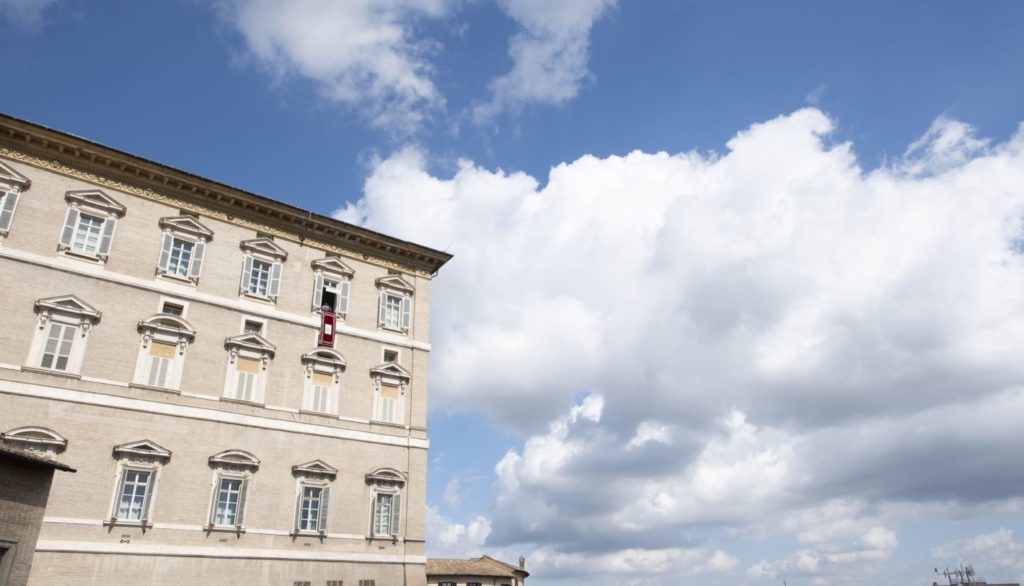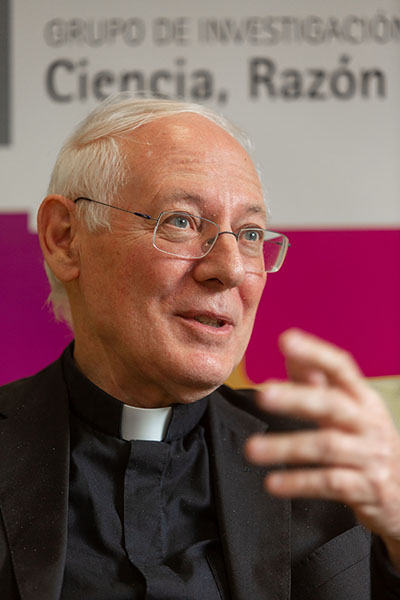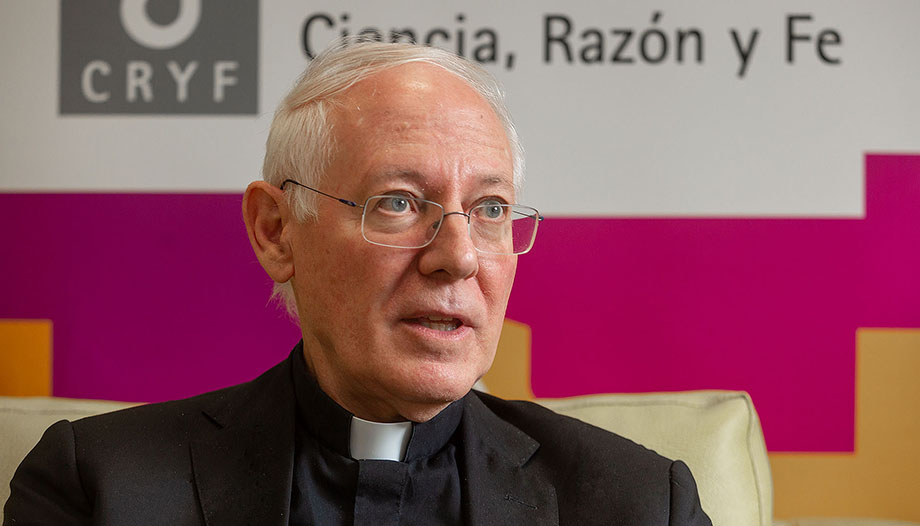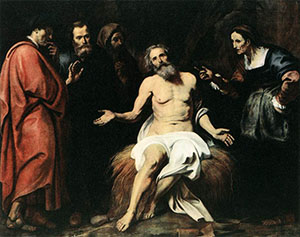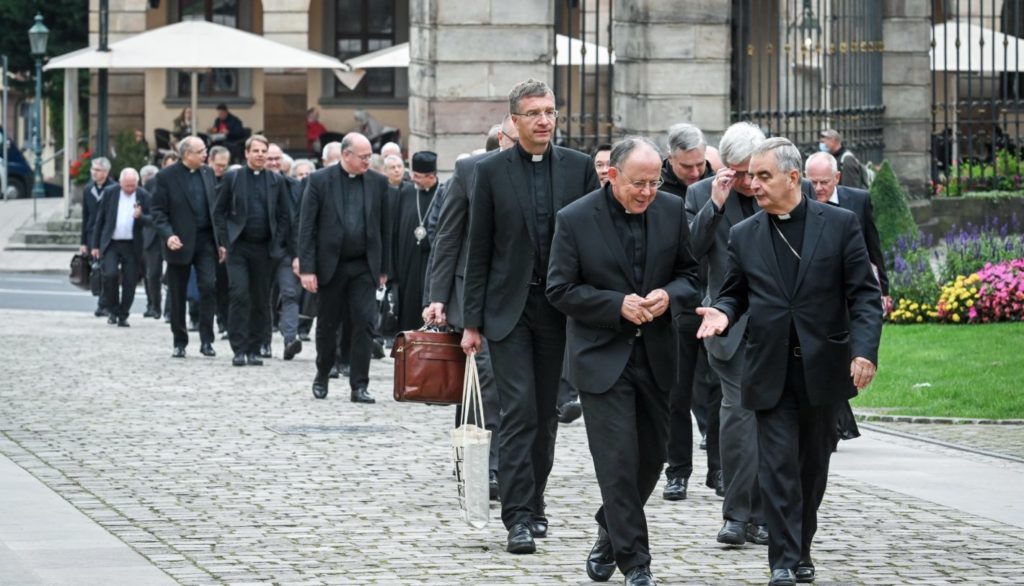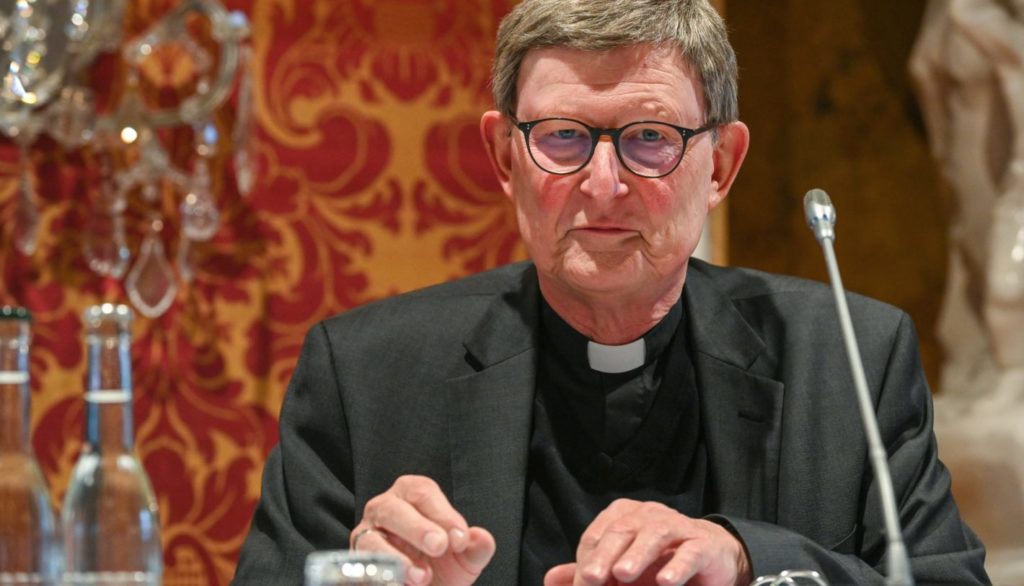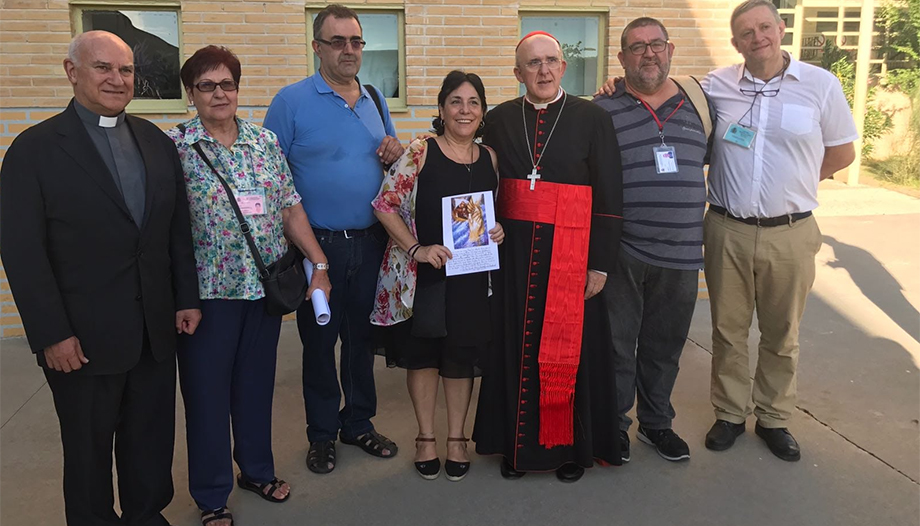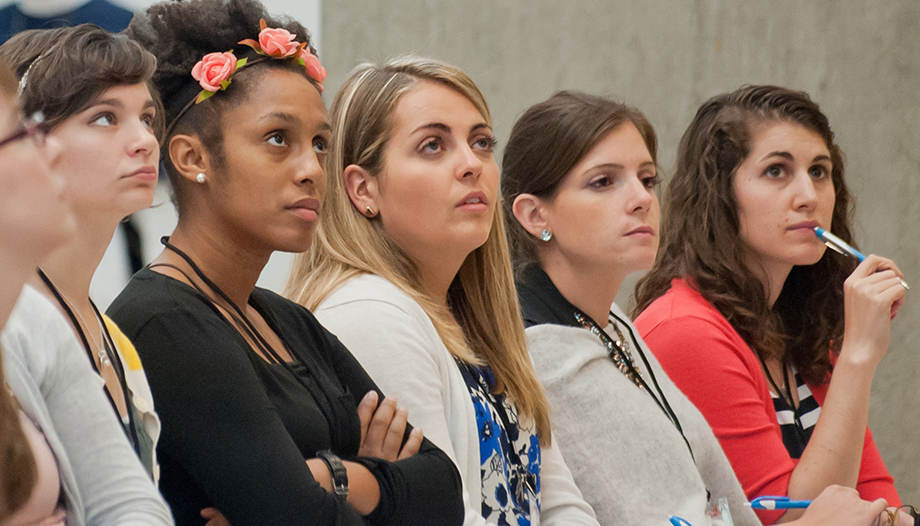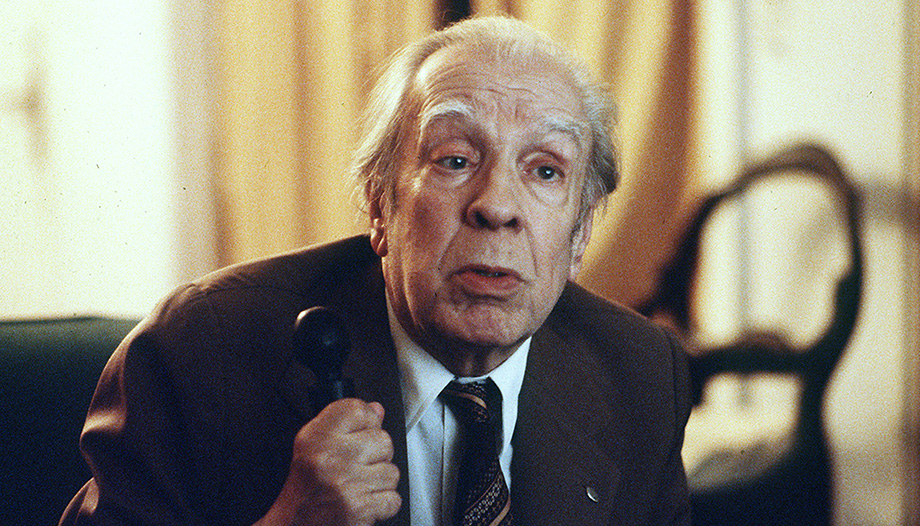God's creative plan, the contingent evolution of nature, questions about God's action in the world such as where God has been during the pandemic, the openness or closedness of men and women to transcendence, or the always complex issue of chance, are issues of interest.
Yesterday, Professor Juan José Sanguineti at the University of Navarra, Spain. 6th Mariano Artigas Memorial LectureThe event was organized by the Science, Reason and Faith Research Group (CRYF) of the University of Navarra, whose director is the researcher of the Culture and Society Institute (ICS), Javier Sánchez Cañizares.
A few days earlier, Omnes was able to discuss these issues with the Argentine professor, who is also a professor at the Institute of Philosophy of the Austral University (Buenos Aires, Argentina), and author of more than sixteen books and a hundred scientific articles, especially on topics of philosophy of nature, philosophy of science, cosmology, philosophy of knowledge and mind, and neuroscience.
We offer today the interview with Prof. Sanguineti, which will be continued tomorrow on this same portal
-First of all, a question that people are asking today, in a society wounded by the pandemic, but now hopeful about vaccination. This is what St. John Paul II asked himself. If God is love, why is there so much evil? Or to put it another way: Where has God been during the pandemic or in other crises?
This is the question asked by Jonas, a German philosopher who has already died in connection with Auschwitz. He himself, a Hebrew philosopher and believer, posed and became famous for this question: Where was God in Auschwitz? And Jonas' answer was that God participated in human pain and in a certain way was also a victim; that is to say, that God suffered together with men and at the same time, as He is Merciful, He helped them, but that also meant thinking that God was not Omnipotent, that He was not powerful to banish evil from the world.
That answer is understandable because it is very difficult, it is a question that everyone has asked, but it certainly does not save the transcendence of God. Because a God who is not Omnipotent is not truly God, he can be a high spiritual entity, but he cannot be God. Obviously, it is not easy to understand. The problem of evil is a mystery that I am now going to say that I do not pretend to solve it, because I believe that no one has solved it, it is a mystery.
The question one can ask is how is it possible for God to create a wonderful, incredible Universe, which demonstrates enormous intelligence, when one sees all the wonder of nature, and yet He also creates a nature in which suffering, death, pain, hunger and injustice arise... So what was God's plan?
If God is wise, although it is a bit daring to get into the mind of God and see, especially if one takes into account that God, in the religious tradition, not only Christian but much broader, is provident, that is to say, how does God's providence act then? If God is provident, one says: well, he takes care of all beings, Jesus Christ says it in the Gospel, that even the last hair of our head is accounted for, that God takes care of the little birds, and all this is contained in the wisdom and providence of God.
-You have referred to Job?
Yes. A first response would be from Job, from the Old Testament. It is a response of humility. That we cannot understand God, but nevertheless we are humble, and we bow our heads a little and say that God is much more than what we can think. And after all this enormous dialogue, which is the dialogue about the evil suffered by an innocent man like Job, at the end with all the arguments that the companions who are going to console him try to tell him, and which are good arguments, which have always been given, at the end Job says: well, I have already said too much, enough, now I'll shut up. God is creator, he knows more, much more. He does not give an answer, it is simply an attitude of humble ignorance.
Another more powerful response is the one that one can draw from Jesus Christ on the Cross. Jesus Christ on the Cross takes on the human pains, the injustices, the vulnerability of the body, the humiliation. This does not solve things rationally, but at least it gives you a light. One can say, as Christian life says, that one is united to the Cross of Christ, to the suffering of Christ. Then my sufferings, even if I am sick, even if I am in jail, even if I have cancer, all that makes sense. I unite myself to the Cross of Christ, and at least that has a value of co-redemption and a value that is united to the suffering of Christ, who suffered for our sins. Because sometimes what is most disconcerting for man is not the suffering, but the fact that this suffering has no meaning, that is the worst thing. That one suffers, that it has no meaning and does not matter to anyone, and ends up in nothingness. So, here the Cross of Christ gives a certain answer.
-Can we take into account that there are many evils that come from human sins, because God respects freedom... Even in Auschwitz?
Let us remember that what happened in Auschwitz is the fruit of the enormous sins of men, of Nazi ideology and all that. Just as Jesus Christ allows himself to be crucified, but in the end he wins, but he wins with love, he does not win by getting down from the Cross, but he wins with love.
Then there are other evils that come from the physical contingency (diseases, calamities, accidents). That does not come from sin, but it comes from the fact that the world is like this, it is the world of life, it is a world where there is birth and joy, but there is also death. And the pandemic belongs to this type of evils, it is an epidemic, a disease. I believe that we, with a certain vision of wisdom, have to accept the physical world in which we live and of which we are part with its imperfection, with its joy and the beautiful things it has, but there is also a dimension of pain in life, in biology itself and in human life.
You also have to have a vision of eternity, that there is something more than this world.
In God there is a providence and God's providence does not mean that God solves all the problems we have immediately in his plans, but it is true that God always knows how to bring good out of evils and sufferings, even if they are caused by human beings themselves.
God, in some way, when there are good dispositions above all, but even if there are not, knows how to bring out some good for each one, and even not only for each one but sometimes collectively. This good can be the good of martyrdom, the good of virtues, the good of the progress of medicine, for example with the pandemic it is evident that we learn many things. Medicine will obviously progress because it has always progressed with physical and biological ailments.
-And this argument that I am so bad, or have behaved so badly, that God will not listen to me or care for me?
God takes care of each one with a special providence, if he is innocent but also if he is guilty. So, even if one suffers or dies, in a particular or personal way, each one will know it or not, but God takes care of each one without being able to generalize. We see this, for example, in the life of Christ. Jesus Christ begins by curing illnesses, some are requested, he attends to healings, others he does on his own initiative.
God takes care of each one with a special providence, if he is innocent but also if he is guilty. So, even if one suffers or dies, in a particular or personal way, each one will know it or not, but God takes care of each one without being able to generalize.
Juan José Sanguineti
But at the same time that is not all, because what Jesus Christ does, is not that he cures all the diseases of all the Hebrews of his time, but he cures some of them a little bit to show that there is a higher message, which is salvation, a deeper message. This world is not all, there is more than this world. After death there is something else. If one does not have that vision, of course one will not understand anything. So, Where is God in the pandemic and other evils? God has been present in many ways in the pandemic, bringing good out in each person, there are many stories of people who have come to God, or people who have had something else. There are things, and you can see it and sometimes you won't see it.
But what we must avoid are theological or pseudo-theological explanations, I would say concrete, that try to get into God's motivations. One that says, for example, that the pandemic is a punishment or a sin of humanity, that cannot be said. We do not know anything. We can never say that this evil is a punishment, as some people say. We do not know.
In fact, God has his motives, which are sometimes general for all mankind and sometimes concrete, and this can be seen in the Gospel. God, when he heals the man born blind and they ask him: did he sin or his parents? And he says no, no, neither he sinned nor his parents, it is so that, in this case, the glory of God is manifested. Therefore, we can see that there is a special plan that we do not know, but that God has with each one of us.
Where is God in the pandemic and other evils? God has been present in many ways in the pandemic, bringing good out in each person, there are many stories of people who have come to God, or people who have had something else. There are things, and you can see it and sometimes you won't see it.
Juan José Sanguineti
-In a Omnes Forum Jacques Philippe pointed out that "the pandemic has shown the limits and the fragility of Western civilization". Can the current pandemic be identified with what you call 'chance events' or fortuitous events in the title of your talk 'How does God act in chance events'?
It is true that the pandemic has demonstrated not only the limits of Western civilization, but of the whole world. It has shown our fragility, sometimes we thought we were proud and that we were already dominating everything a little bit, and we see that suddenly something out of our hands appears and we also see the risk of wiping out half the world very quickly, that is to say, the speed and rapidity with which it spread, and that must keep us alert, because in the midst of great technological successes something can always appear that can bring us down.
At the same time, this demonstrates human greatness and human intelligence, because the truth is that we have slowed down this pandemic quite a lot. Although there have been almost 5 million deaths in the world, it could have been half the world. In epidemics of other times, a third or half of the population died, let's look at European cities, epidemics like the Black Death, where a third of the population died.
Now, thanks to medicine and thanks to so many things, we are able to control it much better. Although communication has allowed the pandemic to really become a pandemic and at a very fast pace, however, that same communication predicts that the braking has been fast thanks to medicine and to so many good things that human reason does, that must also be taken into account.
-Is the pandemic fortuitous?
No, it is not fortuitous. But it is made possible by a series of fortuitous things, because chance intervenes. But for that we have to define what chance is, and we will talk about it later if you wish. Chance is not that anything just happens, but first of all, I would say that the pandemic is an effect of an event, like any disease, of a contingent event. It is not the fatal event. There is no room for determinism. It's an event that might not have happened, but that happens with any disease.
Of course there are some diseases that are necessary and necessarily occur, but others are contingent. But even if it is contingent, the pandemic is probable, it is a probable event. It can be very likely or unlikely, and fortuitous is always so. But fortuitous, let's say non-deterministic, it can happen and not happen, as an accident usually is, it is more fortuitous the less probable it is.
Epidemiologists have studied that epidemics, like any disease, are probable, they are something probable, I can get sick like anyone else of any disease. But what happens is that there are circumstances that favor that disease. It could be, in the case of the pandemic, the consumption of wild animals, in Wuhan as has been said, because zoonosis occurs, and the virus passes from one species to another, or it could also be, although we do not know, a laboratory error.
In my opinion, I do not think that it is something intended, but a laboratory error cannot be excluded, and if it does occur, an attempt is made to hide it, but if so, it would be a fortuitous event. A series of circumstances that suddenly, due to a series of undesired concurrences, results in an accident. Now we can reduce the probabilities, of course, of course.
So, taking measures, the pandemic is not the result of chance, but there are a multitude of elements that sometimes are small chance elements (human carelessness, fortuitous encounters of nature in a market or whatever) that make it more probable, that are a risk. And that happens in all kinds of accidents, so what we want to do is to reduce the possibility of that happening. And that is where chance comes in. And it is always linked to contingency.
-Sometimes it seems that, in our society, there is discrimination against Catholic believers in the election of public officials, in politics, in the economy or in other social spheres, as if their approaches were not rational. As if their approaches were not rational. Why does contemporary man sometimes close himself to transcendence?
It is true that in today's culture, contemporary man, especially in the West, is closed to transcendence, does not take God into account, or is agnostic, or is a practical atheist, or whatever. This, as has always been the case, is due to ignorance or arrogance. The ignorance may be due to the fact that we are in a culture that speaks very little about God, that has wrong ideas about God, about the Church, about Jesus Christ. It comes from a long time ago, let's say from the XVIII-XIX centuries, now it is very widespread because it is no longer only the intellectuals, but it is very popular. But it can also happen that there are people who reject God because of a human arrogance, I have seen it in many people. They don't want to submit to something superior to man, they think that man is everything.
Before we needed to go to God to pray to Him because we had illnesses, because we had economic problems. Now it seems that the economy or medicine will solve it, and going to God is a child's thing.
Juan José Sanguineti
The cultural moment I think tends to this arrogance, due to discoveries, scientific and technological progress, although the thing is complex. Then it makes human welfare much more widespread, better than before, and since the second half of the twentieth century human welfare has reached many societies around the world.
So human beings, men and women, believe that we are self-sufficient. Before, we needed to turn to God to pray to Him because we had illnesses, because we had economic problems. Now it seems that the economy or medicine will solve it, and going to God is a childish thing. Many people think so.
On the other hand, when man realizes his fragility and his limits, this sometimes makes him rediscover God, it leads him to God. I am not predicting disasters, but I am saying that excessive well-being often gives way to human arrogance. I believe that God can be reached in many ways, one can reach God by seeing the wonder of the cosmos, of nature, as the work on the human genome of Collins, who, seeing the wonder of the genome, was converted and began to believe in God.
On the other hand, when man realizes his fragility and his limits, this sometimes makes him rediscover God, it leads him to God. I am not predicting disasters, but I am saying that excessive well-being often gives way to human arrogance.
Juan José Sanguineti
Or one can also come to see that it is a human aspiration to know God, and it is true, it would be like a path. But another way is also to see our limits and evil itself. Curiously, that which sometimes seems to move away from God, can sometimes bring us closer to God, seeing that if we do not have God, if there is no God, we go to nihilism. And there arises a dilemma that in the end people can ask themselves, which is: "well, if there is no God, we go to nihilism, life has no meaning". Because even if we have solved the whole problem, I don't know, medical or economic, the ultimate meaning of life is not solved by economics or politics. That is something that has to do precisely with God.
Thank you, Professor. We will continue tomorrow. We must also talk about chance, prayer, favors, 'coincidences', miracles and natural laws?





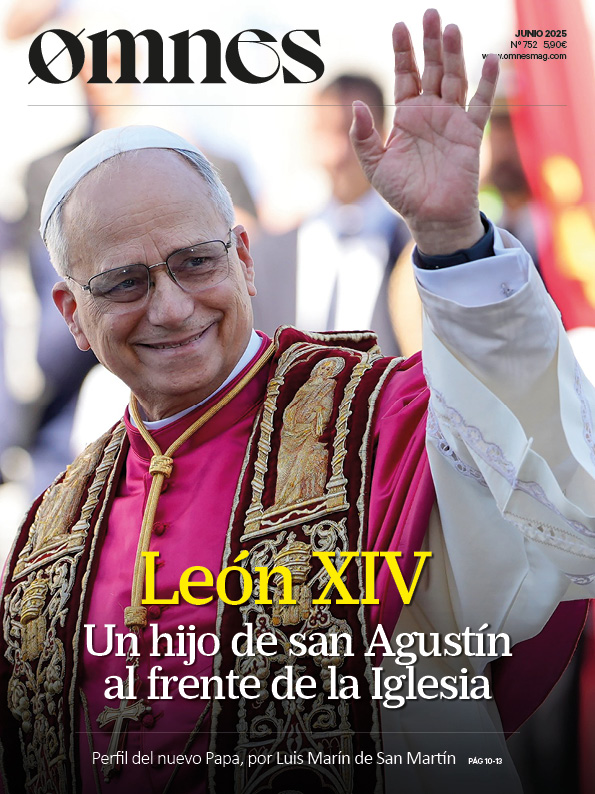


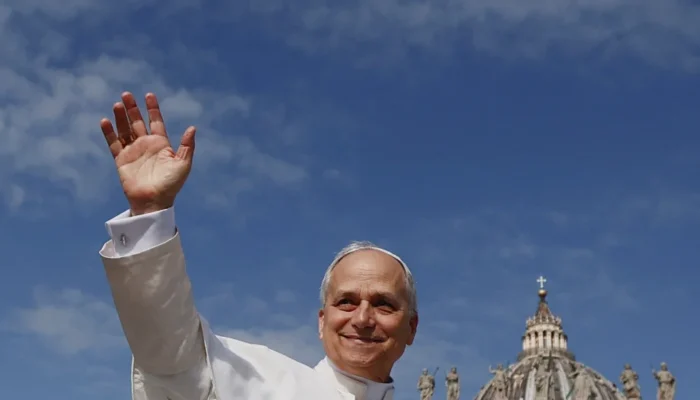
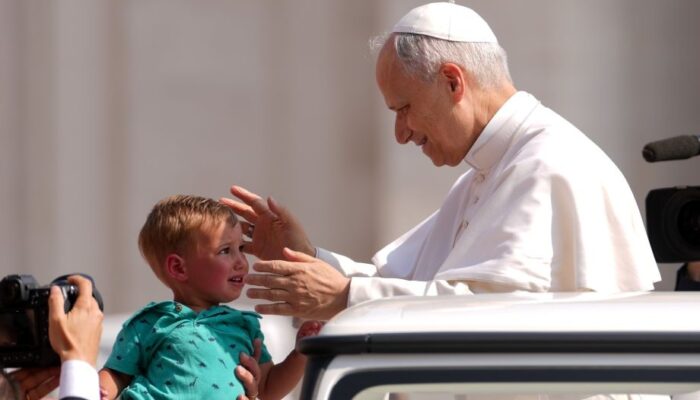
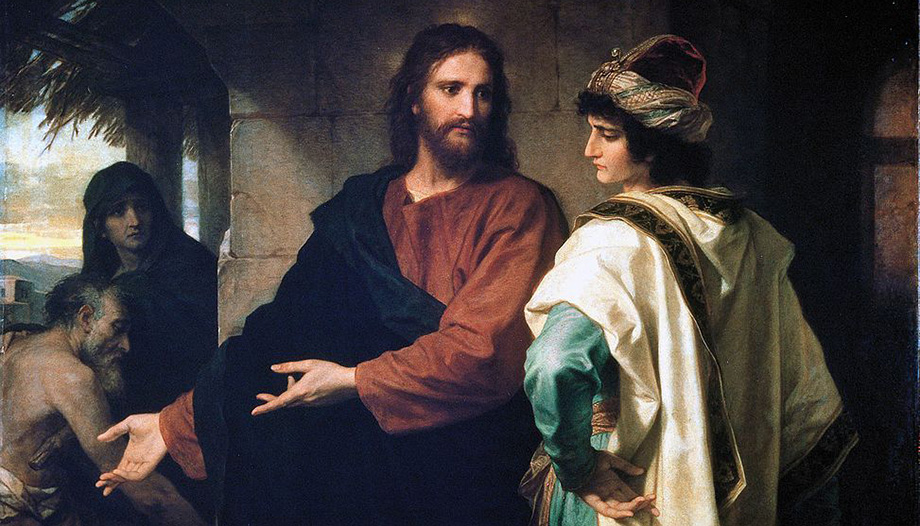
 Commentary on the readings of Sunday 27th Sunday in Ordinary Time (B)
Commentary on the readings of Sunday 27th Sunday in Ordinary Time (B)
